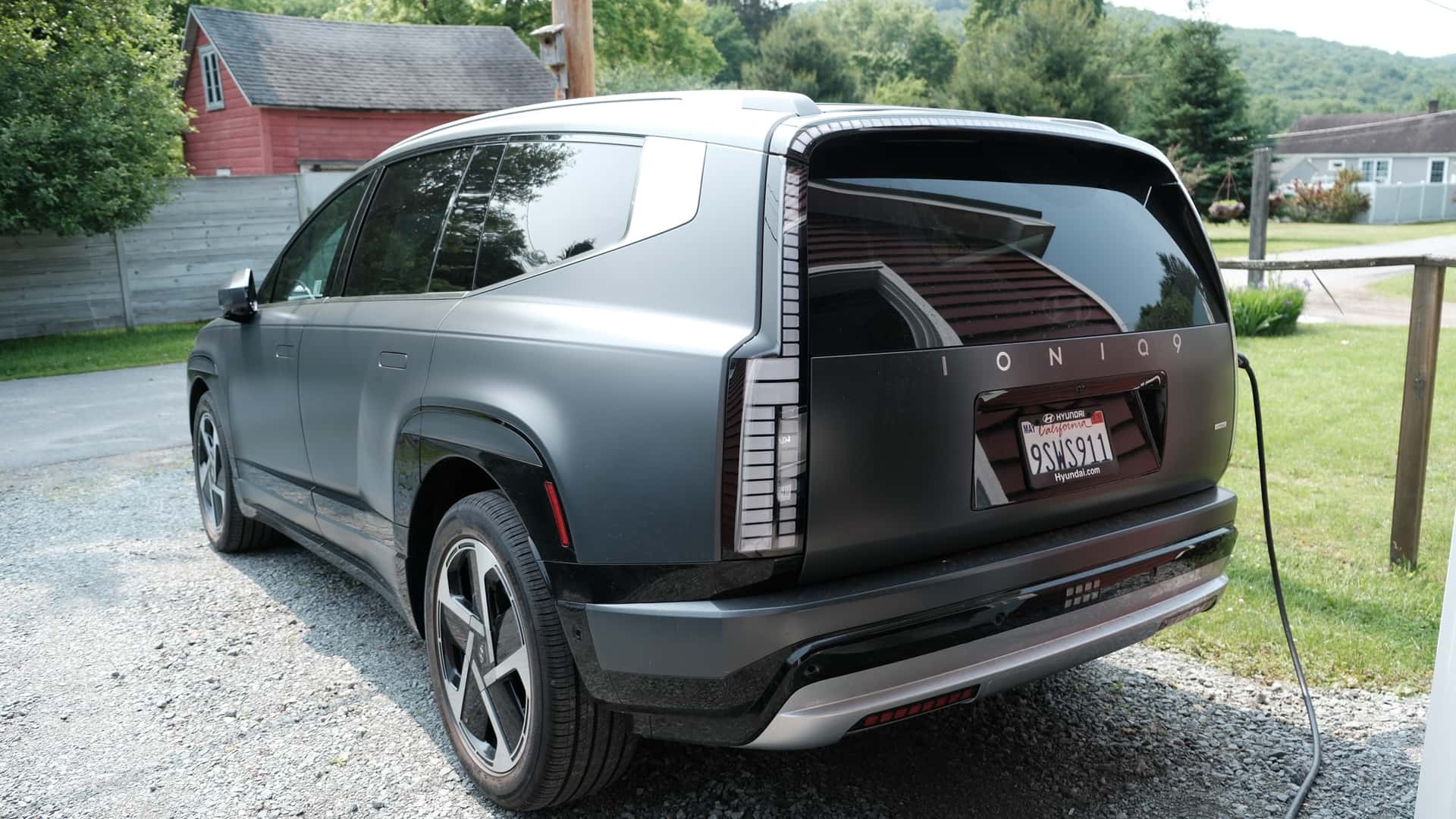
Hyundai Ioniq 9's Charging Performance: A New Benchmark in Electric Vehicles
The latest addition to Hyundai’s electric vehicle lineup, the Ioniq 9, has made a strong impression with its charging capabilities. As part of the company’s E-GMP platform, this three-row electric SUV is designed to deliver fast and efficient charging, making it one of the most competitive options in the market.
During a recent test conducted by an independent reviewer, the Ioniq 9 demonstrated impressive performance when charged from 10% to 80%. The vehicle managed to complete the charging session in under 24 minutes, aligning closely with Hyundai’s claims about its charging speed. This result highlights the effectiveness of the company’s advanced charging technology, which includes a peak charging rate of 243 kilowatts. Such a high power output is rare among electric vehicles and sets the Ioniq 9 apart from many competitors.
One of the key features that make the Ioniq 9 stand out is its use of a Tesla-style North American Charging System (NACS) port. This allows the vehicle to directly access Tesla Superchargers without the need for additional adapters. However, there is an important consideration: while the NACS port offers convenience, the Ioniq 9 may charge more slowly on Tesla Superchargers compared to other vehicles that are optimized for this system.
This discrepancy can be attributed to the Ioniq 9’s 800-volt architecture, which is a significant advantage in the world of electric vehicles. Higher voltage systems enable the vehicle to handle more power with less current and heat, resulting in faster charging times. This technology is also found in other high-performance EVs such as the Ioniq 5, Lucid Gravity, and Porsche Taycan. These vehicles benefit from the same 800- or 1,000-volt platforms, allowing them to charge at much higher speeds than most conventional EVs.
In contrast, many electric vehicles, including the Tesla Model 3, Model S, Model X, and Model Y, rely on lower-voltage platforms—primarily 400 volts. These systems are more common and cost-effective, but they do not support the same level of fast charging as their higher-voltage counterparts. As a result, Tesla Superchargers are designed to work optimally with these vehicles, which means that the Ioniq 9 might not achieve its maximum charging speed when using this infrastructure.
Despite this limitation, the Ioniq 9 still represents a major step forward in electric vehicle technology. Its combination of a spacious three-row design, advanced charging capabilities, and compatibility with a wide range of charging networks makes it a compelling option for consumers looking for a reliable and efficient electric vehicle.
For those who prioritize fast charging, the Ioniq 9 is an excellent choice, especially when using non-Tesla charging stations that support higher voltages. The vehicle’s ability to maintain high charging rates across different networks showcases the potential of 800-volt architecture in the future of electric mobility.
Overall, the Ioniq 9 demonstrates how innovation in charging technology can significantly enhance the user experience for electric vehicle owners. With its powerful performance and versatile charging options, it is clear that Hyundai is pushing the boundaries of what is possible in the electric vehicle market.
Post a Comment